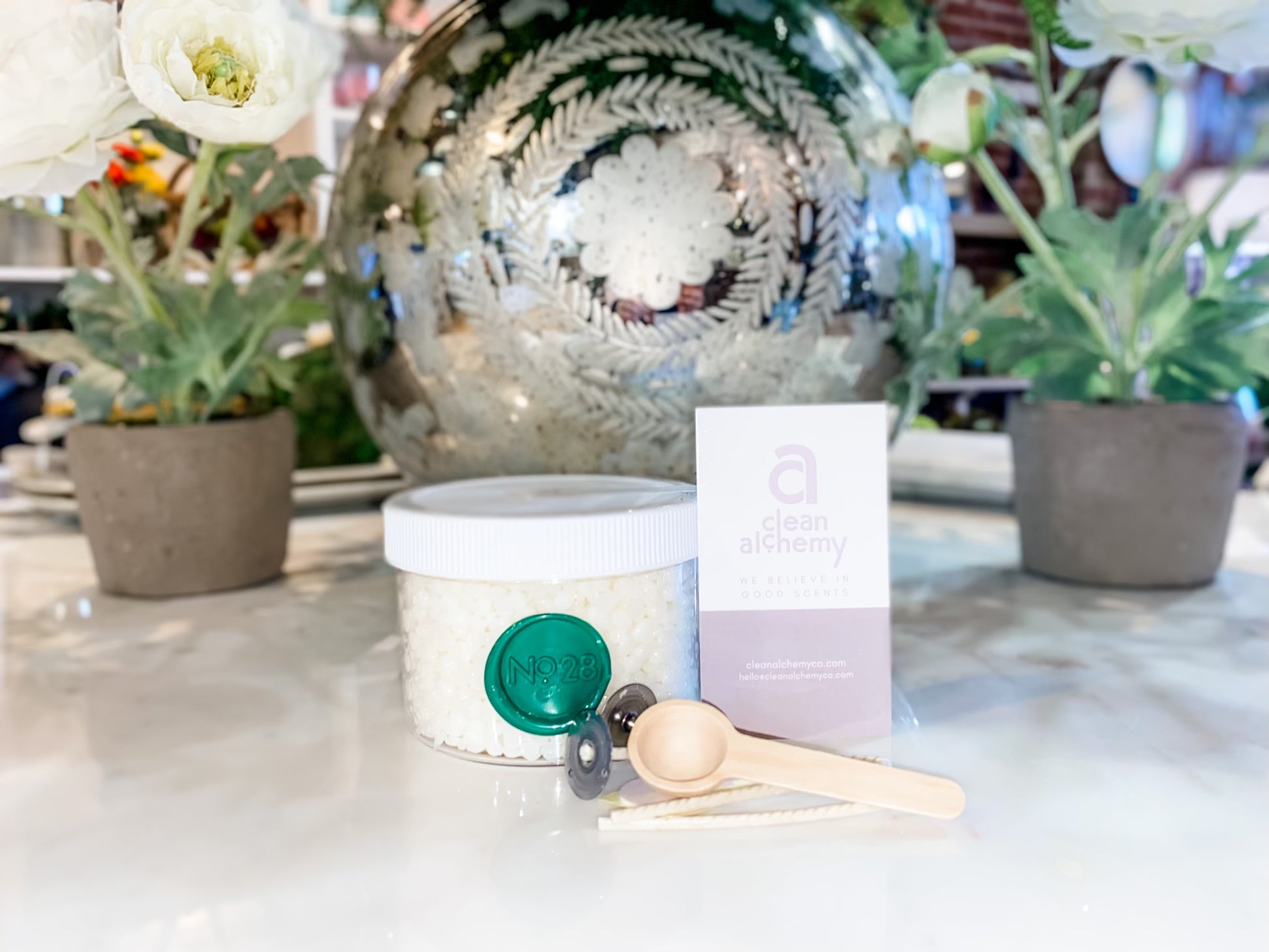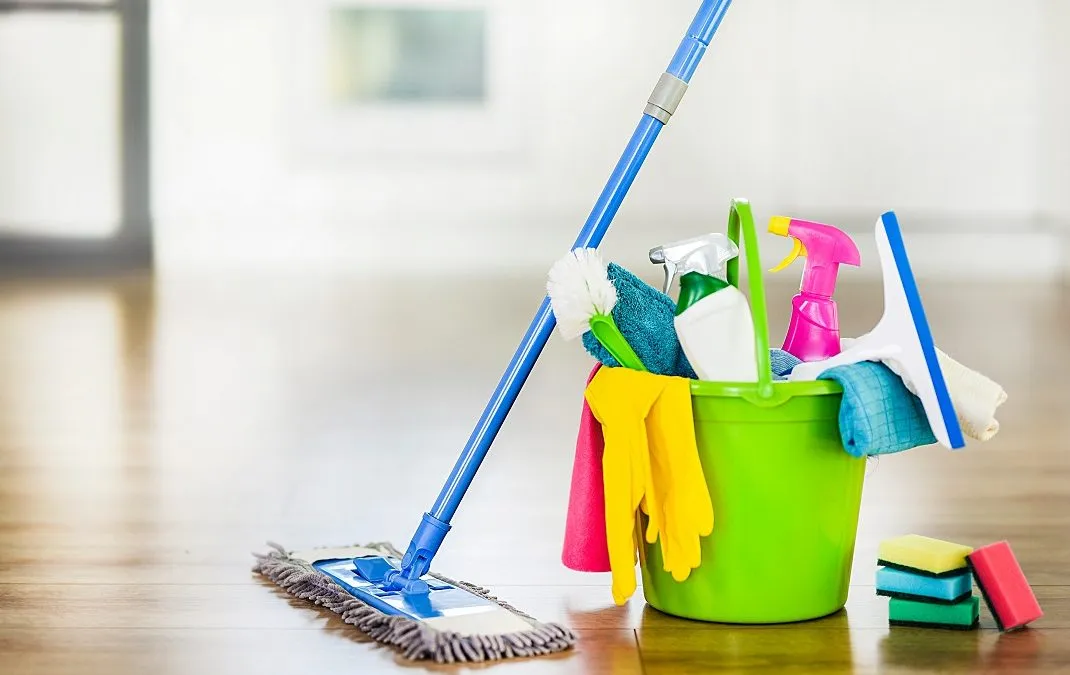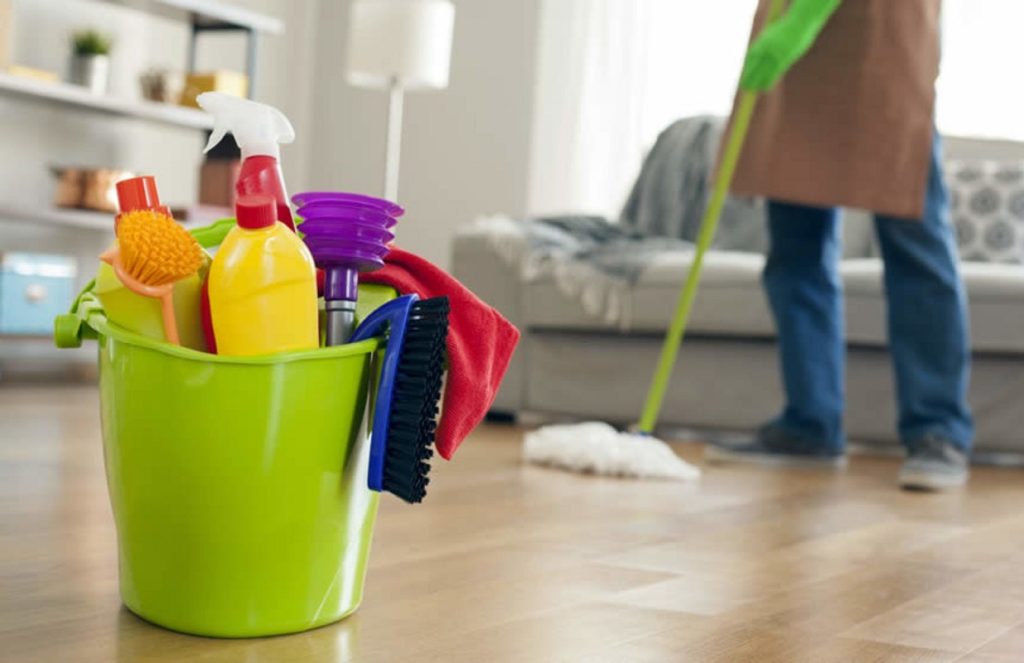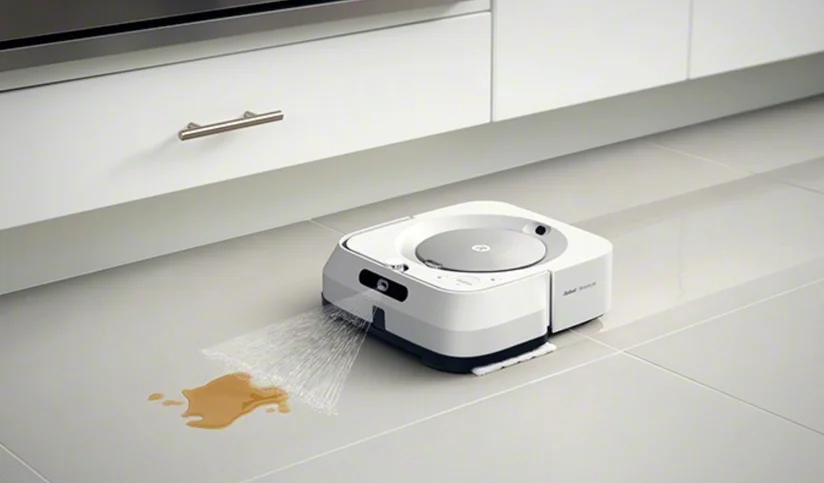Cleaning agents, like the unsung heroes in the battle against dirt and grime, are often used without us fully understanding the intricate science behind their effectiveness. In this article, we’ll take you on a journey into the fascinating world of cleaning agents, unveiling the secrets of how they work their magic to leave your surfaces spotless and sanitized, all while wiping down surfaces.
The Basics of Cleaning Chemistry: Breaking Down the Mess
- Surface Tension and Adhesion: Cleaning agents manipulate the fundamental properties of water, primarily its surface tension and adhesive forces. This allows water to penetrate and loosen dirt and stains effectively.
- Emulsification: Some cleaning agents contain surfactants (surface-active agents) that break down oils and grease by emulsifying them, allowing water to rinse them away.
Dissolving Dirt: Water as a Universal Solvent
- The Power of H2O: Water is a universal solvent, meaning it can dissolve a wide range of substances. Cleaning agents harness this property by facilitating water’s ability to dissolve dirt, grime, and various organic and inorganic materials.
- Polarity and Ionization: Water’s polarity allows it to dissolve polar substances (like salts and sugars) and ionize ionic compounds (like acids and bases), making it versatile for different cleaning tasks.
PH Balance: Acids, Bases, and the Neutral Zone
- Understanding pH: Cleaning agents often fall into one of three categories: acidic, alkaline (basic), or neutral. The choice of pH depends on the specific cleaning task.
- Acids Break Down: Acidic cleaning agents work well on mineral deposits and soap scum, as they neutralize alkaline substances and dissolve them.
- Alkalis Cut Through: Alkaline cleaning agents are excellent at breaking down oils, grease, and proteins, making them effective in kitchen and bathroom cleaning.
Mechanical Action: Scrubbing, Agitation, and Dislodging
- A Helping Hand: Cleaning agents often require mechanical action to be fully effective. This can involve scrubbing, wiping, or agitating the surface to dislodge dirt and stains.
- Surface Compatibility: The type of mechanical action needed depends on the surface being cleaned. For delicate surfaces, gentle wiping is preferred, while tougher surfaces may require vigorous scrubbing.
Disinfection and Sanitization: Killing Germs and Bacteria
- Antimicrobial Agents: Some cleaning agents, recommended by experts at maidwhiz, contain antimicrobial agents like chlorine bleach or quaternary ammonium compounds that kill or inhibit the growth of bacteria, viruses, and fungi.
- Contact Time: Proper disinfection often requires allowing the cleaning agent to remain in contact with the surface for a specific duration to ensure effective germ eradication.
Rinsing and Residue Removal: The Final Step
- Rinse Thoroughly: After cleaning, it’s crucial to rinse surfaces thoroughly to remove any remaining cleaning agent and loosened dirt. Residue left behind can attract more dirt and affect the surface’s appearance.
- Water Quality: The quality of water used for rinsing can impact the results. Hard water with high mineral content can leave mineral deposits on surfaces if not properly rinsed.
Cleaning agents are not just bottles of colorful liquids, but rather the result of scientific precision and careful formulation. Understanding the science behind cleaning agents can empower you to choose the right products for specific cleaning tasks and use them more effectively. As you embark on your cleaning journey, remember that each cleaning agent has its unique chemistry, and when applied correctly, it can turn even the grimiest of surfaces into sparkling showcases of cleanliness. Speaking of cleanliness, you might wonder, how much should you tip your house cleaner? But that topic we will elaborate on in the next article.











